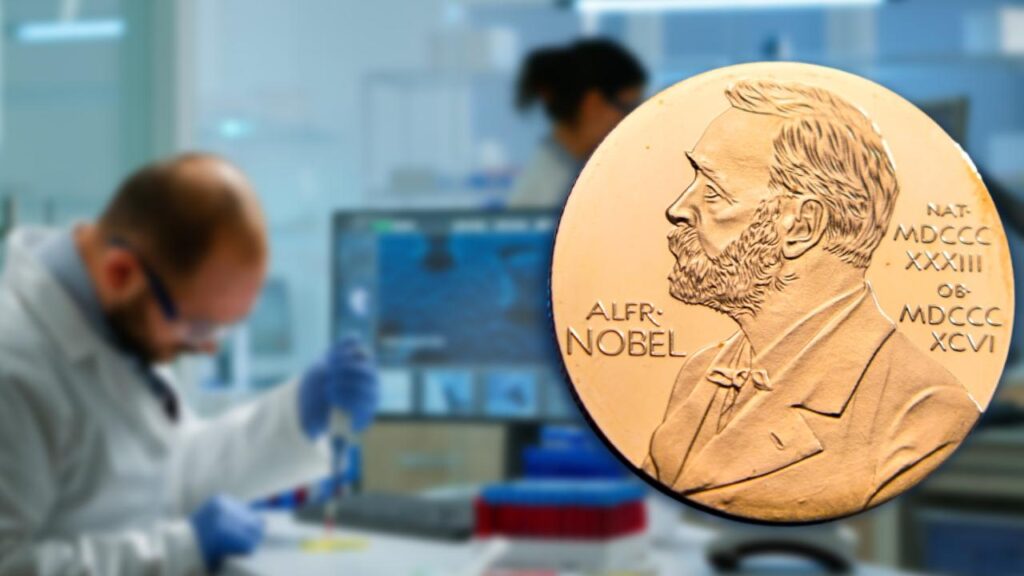
The Royal Swedish Academy of Sciences awarded the 2025 Nobel Prize in Chemistry to Susumu Kitagawa, Richard Robson and Omar M. Yaghi for the development of metal-organic frameworks (MOFs), noting that they have developed a new form of molecular architecture.
The unique materials discovered by the scientists are capable of addressing challenges important to all humankind. Thanks to the porous structure of MOFs, they can be used to extract water from desert air, capture carbon dioxide, store toxic gases and catalyze chemical reactions or conduct electricity.
Robson began the pioneering research in 1989, designing molecular frameworks with numerous cavities. Later, Kitagawa and Yaghi advanced the concept, making the material stable and flexible and paving the way for its practical use. Their work opened the path to creating thousands of MOF variations, adaptable for particular tasks ranging from water filtration to environmental purification.
«Metal–organic frameworks have enormous potential, bringing previously unforeseen opportunities for custom-made materials with new functions,» said Heiner Linke, Chair of the Nobel Committee for Chemistry.
Susumu Kitagawa is a professor at Kyoto University, Japan; Richard Robson is a professor at the University of Melbourne, Australia; and Omar M. Yaghi is a professor at the University of California, Berkeley.
This year, the laureates share a prize worth 11 million Swedish kronor (approximately $1.2 million).
In the previously announced Nobel Prize in Physiology or Medicine, one Japanese and two American researchers were recognized for their work examining how the immune system prevents attacks on the body’s own tissues — a mechanism key to many diseases.


